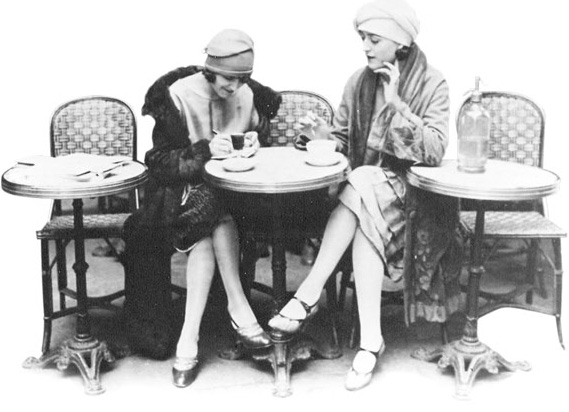
According to Castelo Branco (1990), advertising and the first advertising agencies started to develop in Brazil in 1914.
With the growth of industrial activity occurring in the country as a consequence of capital coming from coffee, during the decade of 1910, multinational companies such as Gessy, Colgate, Sydney Ross, Lever, Bayer, GM, etc., started operations in Brazil.
Especially in the case of the American companies, their advertising agencies came with them around the end of the 20’s, among them N. W. Ayer & Son, J. Walter Thompson, and McCann-Erickson. These agencies ‘developed a new appearance of advertising and demanded professionalization of the areas involved in the activity’ (Carrilho, 2005). Among these activities, market research began being used by companies and agencies, ‘to get to know consumers and their habits’ (Ramos, 1985), as they already were in their countries of origin since the beginning of the decade.
In his book about consumer history in Brazil, Volpi cites that:
‘In the implementation years of Colgate & Company of Brazil Limited, in Rio de Janeiro, starting in 1927, the company focused its activities of market recognition, investigating hygiene habits of Brazilians and producing new product formulas more suitable to the tropical climate.’ Volpi (2007)
Despite the use of research already at the end of the 20’s, the first market research study on record was done by N.W. Ayer & Son in 1934. Its objective was to study the habits of coffee consumers for the National Coffee Department , interested in planning an advertising campaign to expand the domestic consumption of the product as an alternative to the fall in domestic and international demand after the crisis in 1929. The research sought to understand the reasons for the drop in consumption to help plan the campaign.
According to Eduardo (2003), given the lack of research professionals at that moment in the country, all the technical guidance for study development must have come from the United States and was indeed pioneer, both in terms of national scope, as well as in the effective use of research within a modern vision of marketing.
The researchers of this period were recruited among students of Escola de Sociologia e Política (School of Sociology and Politics), founded in 1933 and inspired by the University of Chicago, from which many of their first teachers came. Otávio da Costa Eduardo was one of the students from this school and one of the first researchers in the country, having exercised big influence on the development of the activity during its history, as a company executive, technical reference and political leader of the sector.
In 1940, Otávio da Costa Eduardo, then a student of Escola de Sociologia e Política, was hired by Lloyd Free, an American who researched in Latin American countries about the image of the United States – to assemble a team and conduct questionnaires in the first public opinion study on a national scope done in Brazil. The study aimed to investigate the level of information and the perception of Brazilians of the war in Europe and the repercussions of a possible U.S. entry into the war, as well as to map the penetration of radio stations in the country. Given the geopolitical importance of Brazil, that information would be useful to guide communication and create a favorable climate in the face of possible U.S. entry in World War.
According to Eduardo (2003), in addition to Free, the study was conducted by Roy Nash, a Brazil scholar, and Waldemar Augusto da Silva, an employee of J.W. Thompson. The sample included approximately 2,000 interviews in the states of São Paulo, Rio de Janeiro, Minas Gerais, Rio Grande do Sul, Bahia and Pernambuco, in the capital cities and close to 20 other cities, and took between 5-6 months for completion.